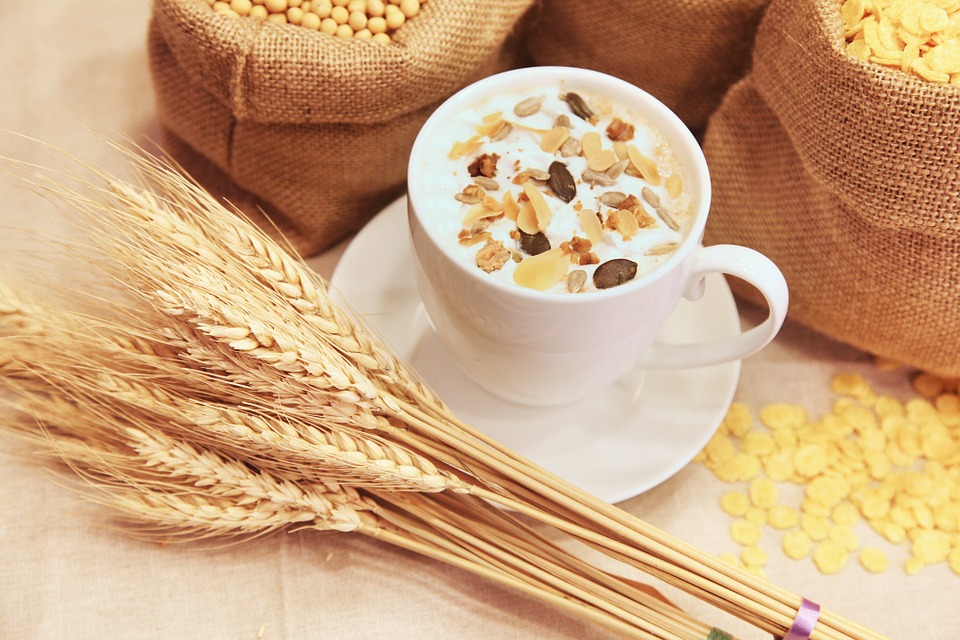Note that your final mark will not be saved in the system.
3.2.3.3 How to carry out nutritional analysis GapFill
You must fill all the gaps before clicking ‘Check Answers!’

Nutritional analysis helps to plan and recipes, meals and so that they reflect the of an individual. Multiple tools, such as , are useful when calculating the of a food product or a meal.
Nutrient profile is the amount of various macronutrients and micronutrients in . It is important as many food products contain a mixture of various , for example milk is a mixture of water, , fats and sugars.
Both energy and nutritional value of a meal or diet can be changed by choosing the ingredients, adjusting their or replacing them with . The energy value can also be easily lowered by .
To meet the current dietary guidelines, it may be necessary to lower the amount of , or salt, or to increase the amount of .